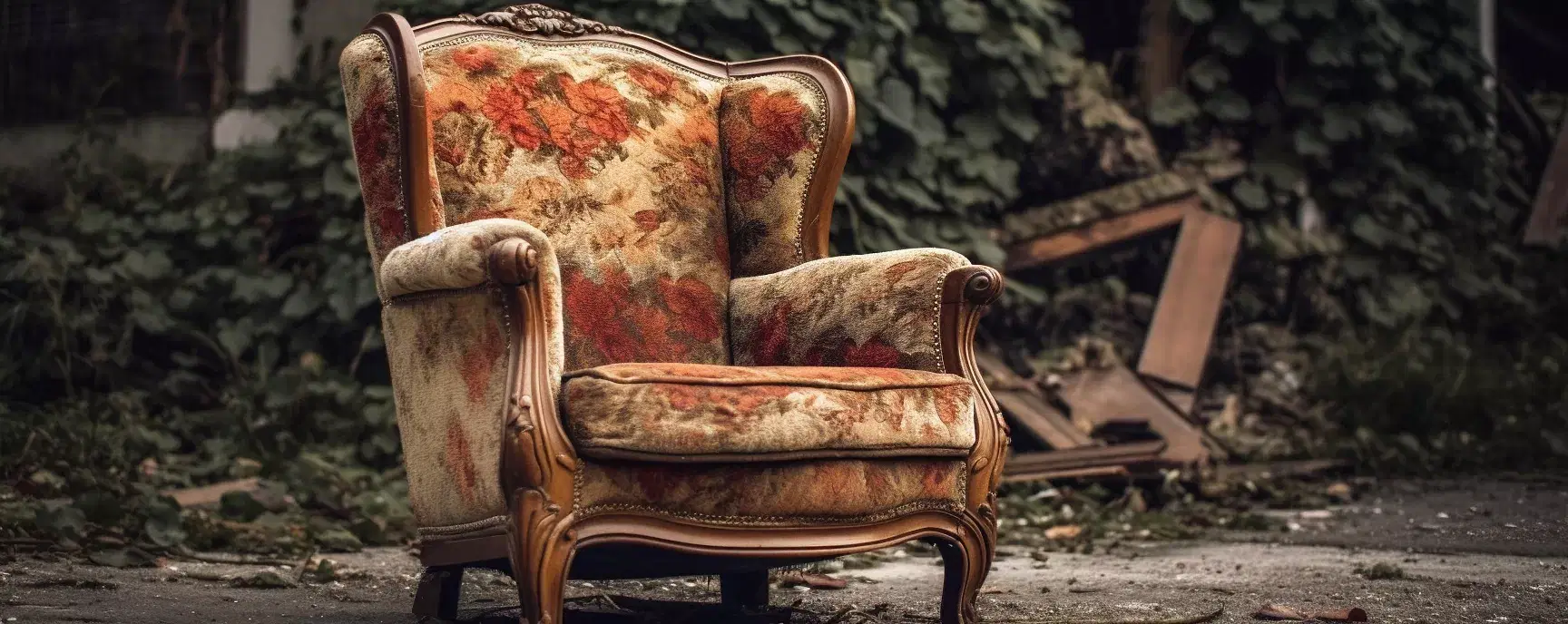Furniture upholstery is an essential aspect of interior design that has been around for centuries. Over the years, the practice of upholstering furniture has evolved to include not only aesthetics but also functionality and comfort. However, with the increasing demand for new furniture and the resulting environmental impact, people are now looking for ways to reduce waste and minimize their carbon footprint. One area where we can make a difference is in furniture upholstery. By recycling and restoring upholstered furniture, we can reduce waste and conserve resources while giving new life to old pieces. This article will explore the environmental benefits of upholstery recycling and restoration in greater detail.
Reducing Waste
One of the most significant environmental benefits of upholstery recycling and restoration is the reduction of waste. When we throw away old furniture, it often ends up in landfills, where it can take years to break down. In addition, the production of new furniture requires the use of resources like wood, metal, and foam. By recycling and restoring old furniture, we can keep it out of landfills and reduce the amount of waste we produce. This is particularly important when we consider the amount of furniture that is discarded every year. According to the Environmental Protection Agency (EPA), furniture accounts for 9.8 million tons of municipal solid waste in the United States alone. This waste takes up space in landfills and contributes to greenhouse gas emissions, making it an important area to address.
Conserving Resources
In addition to reducing waste, upholstery recycling and restoration can also help conserve resources. As we mentioned earlier, the production of new furniture requires resources like wood, metal, and foam, as well as energy for manufacturing and transportation. By reusing and restoring existing furniture, we can conserve these resources and reduce our carbon footprint. In addition, restoring furniture often involves using reclaimed materials, which further reduces the need for new resources. Reclaimed materials can include everything from wood and metal to foam and fabric. For example, foam from old couch cushions can be repurposed and used to make new cushions or other upholstered items.

Lowering Emissions
The production of new furniture also generates greenhouse gas emissions, contributing to climate change. By reducing the demand for new furniture and reusing existing pieces, we can lower our emissions and help combat climate change. In addition, upholstery recycling and restoration can also reduce transportation emissions by eliminating the need to transport new furniture from the manufacturer to the retailer and then to the consumer. According to the EPA, transportation accounts for about 28% of greenhouse gas emissions in the United States. By reducing the amount of furniture that needs to be transported, we can help lower our emissions and reduce our impact on the environment.
Preserving History
Antique and vintage furniture pieces are often valuable not only for their aesthetic appeal but also for their historical significance. By restoring these pieces, we can preserve their history and keep them in use for future generations to enjoy. This is particularly important when we consider the finite nature of resources like wood and the impact that deforestation has on our environment. For example, an antique rocking chair that has been passed down through generations of a family can be restored and used for many more years to come, reducing the demand for new furniture.
Supporting Local Business
Many upholstery shops and restoration services are small, local businesses that rely on customers to keep them going. By choosing to restore or reupholster furniture rather than buying new, we can support these businesses and keep jobs in our communities. In addition, many of these businesses also use eco-friendly materials and practices, which further supports sustainable living. For example, an upholstery shop may use organic cotton or recycled foam for their projects, reducing their impact on the environment.
Upholstery recycling and restoration can have significant environmental benefits while also preserving history and supporting local businesses. By choosing to restore or reupholster existing furniture rather than buying new, we can reduce waste, conserve resources, lower emissions, preserve history, and support our communities. So the next time you have an old piece of furniture, consider having it restored or reupholstered instead of throwing it away. Together, we can reduce waste and conserve resources while creating beautiful and functional pieces for our homes.

The environmental benefits of upholstery recycling and restoration are clear, but what are the practical steps we can take to make a difference? Here are some tips for incorporating sustainable upholstery practices into your home:
Choose sustainable materials: When selecting materials for upholstery, look for eco-friendly options like organic cotton, linen, and hemp. These materials are produced without harmful chemicals and are biodegradable, making them a better choice for the environment.
Repurpose and reuse: Before discarding old furniture, consider repurposing it for a new use or donating it to someone in need. If you decide to reupholster, try to use as much of the original material as possible to reduce waste.
Work with a local upholsterer: Look for an upholstery shop in your area that specializes in sustainable practices. These shops may use eco-friendly materials and processes, reducing their impact on the environment.
Choose quality over quantity: When purchasing new furniture, choose high-quality pieces that are built to last. This will reduce the need to replace furniture frequently, reducing waste and conserving resources.
DIY upholstery: If you're feeling crafty, consider learning how to reupholster furniture yourself. There are many resources available online that can guide you through the process, and you can choose eco-friendly materials to reduce your environmental impact.Upholstery recycling and restoration is just one aspect of sustainable living, but it’s an important one. By reducing waste and conserving resources, we can help create a more sustainable future for ourselves and future generations. So the next time you’re considering buying new furniture or throwing away an old piece, remember the environmental benefits of upholstery recycling and restoration. It’s a small step that can make a big difference.


